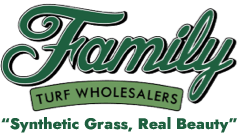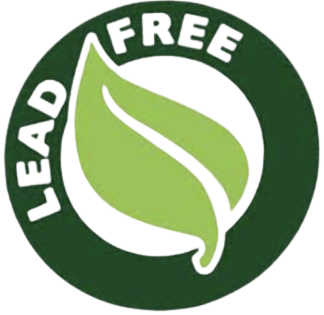Why Artificial Turf Needs Infill
If you have been thinking about artificial grass in Huntington Beach, you are sure to hear about one very important component of grass — infill. Infill is what causes the grass stand tall and feel like the natural grass. Here are a few facts you need to know about artificial turf infill.
What Exactly is Infill?
Infill for synthetic grass is essential for the appearance and behavior of the grass. Infill is the material that’s put between the blades of synthetic turf. It supports the blades stay standing and rebound back to their original position after any force they might feel (think walking, children or pets playing on the turf, etc.). It also plays a crucial role in offering outflow, keeping out odors, and, above all – safeguarding the turf base.
What Kinds of Infill Are Employed?
A wide variety of infill substances can be used for synthetic turf. Each one provides similar advantages but might not deliver those benefits in the same way. Let’s investigate the different types of infill that are common for modern turf.
Crumb Rubber
Crumb rubber comes from old car and truck tires. They’re crushed and recycled, with all of the steel and fiber components of the tire being eliminated during the process. After that, the newly made rubber pellets are classified by size. You will often experience crumb rubber infill on sports turf since this type of infill is very durable and provides wonderful shock absorption and ideal traction for athletes.
Silica Sand
Silica sand is formed from quartz that is weathered by the force of the elements, breaking it down into small sand grains. This is the most popular type of infill for turf in Huntington Beach today because its shape helps artificial turf blades stand upright and bounce back faster when force is applied. It also helps retain some moisture, offering you a cooler surface.
Acrylic-Coated Sand
Acrylic-Coated sand frequently utilizes technology like Microban® for its antimicrobial properties to kill bacteria and harmful microbes. Acrylic-coated sand does not crush like some other styles of infill do, so it leaves more room for water or urine to drain through the turf as effectively as ever.
Geofill
Organic products are gaining popularity today, thanks to their eco-friendly compounds. Organic infill is generally made from things like walnut shells, coconut shells, or cork. At Family Turf Wholesalers, we use Shawgrass’ organic infill which uses coconut sourced from Sri Lanka or India, because they’re these countries are the top supplier of coconut fibers globally. Geofill is the best quality organic infill in the industry — substituting soil for landscaping projects. Owing to the saltwater retting treatment, Geofill is strong against salts, molds, and mildew.
What Kind Do You Need?
In most situations, we prefer silica sand. Thanks to its adaptability, natural properties, and cost-effectiveness. That is a difficult question to answer. Still, without scoping your plan, it is difficult to suggest which infill is the best for your turf system.
When it comes to selecting artificial grass infill, it’s best left to the professionals. Call us now so we can set up a free consultation. We’re available to help with your upcoming project.




